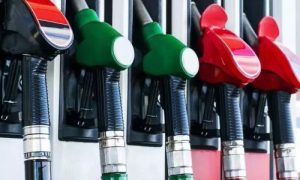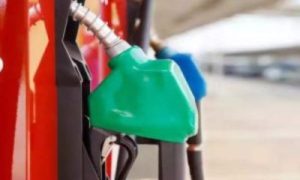We did the math. Here’s what India needs to achieve E20 plan of blending petrol with ethanol

What if someone told you that the cropped area of an entire state like Bihar would be used to produce crops for producing fuel? Our calculations show that this is what India will need to achieve its ambitious E20 plan of blending petrol with ethanol by 2025-26. Of course, the crops have by-and co-products and therefore the entire land won’t technically be exclusively used for crops-for-fuel.
As per our estimates, in order to produce 10.16 billion litres of ethanol (requirement for E20 as estimated by NITI Aayog) from three crops – sugarcane, maize, and rice – India would need about 275 million metric tonnes (MMTs) of sugarcane, 6.1 MMTs of maize, and about 5.5 MMTs of rice. Considering today’s average crop yield levels, this implies a requirement of about 7.1 million hectares of crop area. We believe that the ambitious targets of E20 require a rethink. India needs a medium- to long-term roadmap.
What is E20?
We know that India depends on imported fuel to meet its energy needs. In 2021-22, 86 percent of consumed fuel was imported. With such high import dependence, the country emerges as highly vulnerable to global events like the Russia-Ukraine war or decisions of OPEC countries, among others. To reduce this dependence, one of the globally accepted ways is to blend petrol with ethanol. By such blending, overall fuel demand falls while the efficiency of the vehicles using the blended-fuel does not suffer much. Ethanol can be produced directly from agricultural crops or their waste. The resultant reduced demand for fuel could save India about $4 billion annually. It could be a win-win situation on all accounts.
E20 refers to a blended fuel with 80 percent petrol and 20 percent ethanol. Currently, India’s blending rate is 11.75 percent. The central government would prefer moving towards its E20 target aggressively, hoping to achieve it in the next two years, by 2025-26.
Annual ethanol requirement
The NITI Aayog’s roadmap for ethanol blending to achieve E20 by 2025-26 estimates an annual requirement of 10.16 billion litres of ethanol. It needs to be remembered that industries like cosmetics, alcohol, and pharma also have continued ethanol requirements. As per NITI, these additional demands would be about 3.35 billion litres in 2025-26. So, in total, the country would require about 13.5 billion litres of ethanol annually.
To meet the E20 mandate, NITI outlines the feedstock requirements. About 55 percent of the 10.16 billion litres would come from the sugar industry. Food grains, including surplus rice with the Food Corporation of India (FCI), rice from the open market, maize, and other damaged crops would supply the remaining 45 per cent.
If current crop yields sustain, ethanol-yields of feedstock are maintained, and ethanol production from grains is equally contributed by rice and maize, then, as per our calculations (Table 1), the country would need about 5.5 MMTs of rice, about 6.1 MMTs of maize, and 275 MMTs of cane (ethanol is a by-product of sucrose processing and therefore this cane requirement would also produce sugar and other useful co-products). To produce these, the cropped area requirement would be about 7.1 million hectares.
















